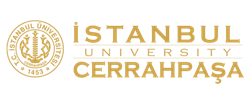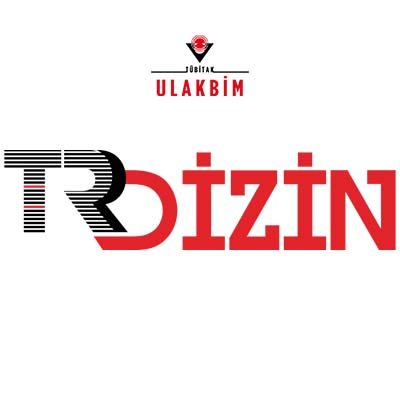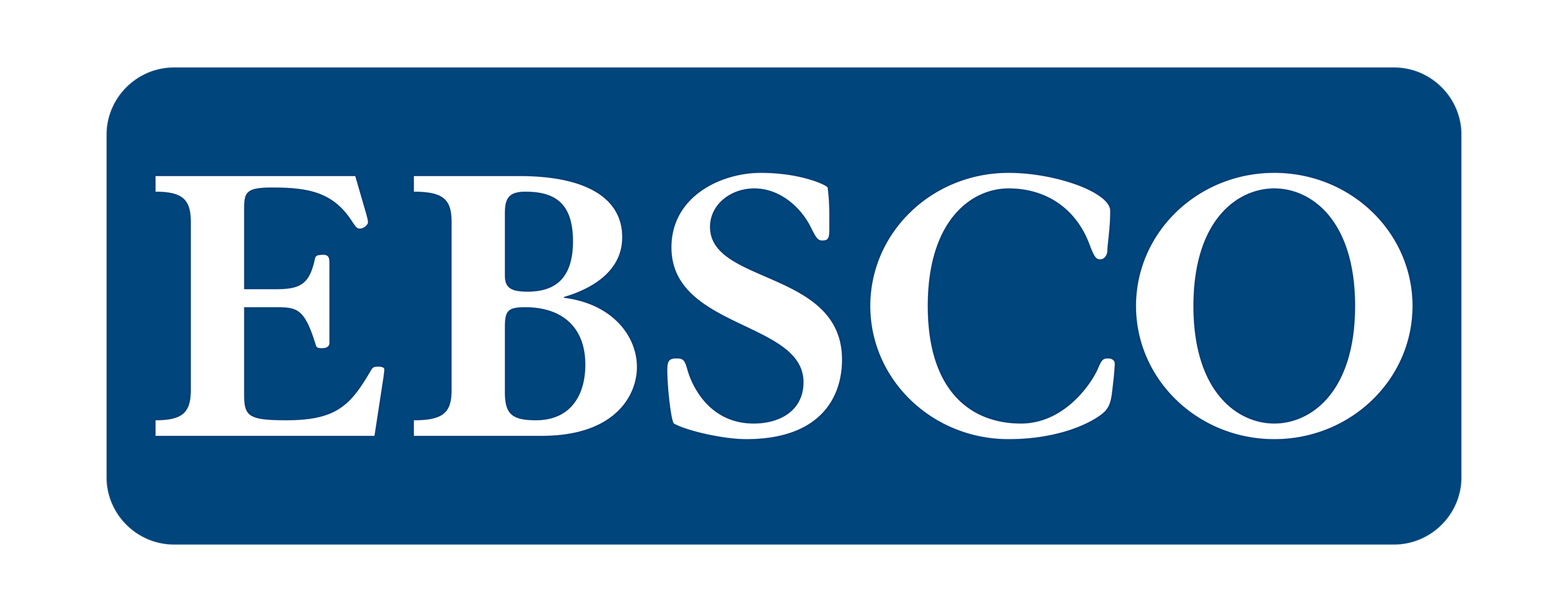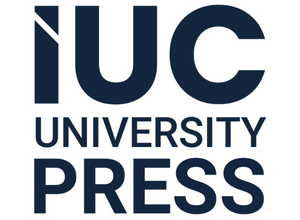Background: This cross-sectional study aimed to evaluate the awareness of fourth- and fifth year dental students from three Turkish universities (Sakarya, Uşak, and Tokat Gaziosmanpaşa Universities) regarding bisphosphonates (BPs), medication-related osteonecrosis of the jaws (MRONJ), and related issues, as well as to identify potential improvements in their education.
Methods: A survey consisting of 16 multiple-choice and 1 open-ended question was used to assess students’ knowledge of BPs, MRONJ, and their educational preferences. Categorical variables were analyzed using chi-square and Fisher’s exact tests. Comparisons between educational years were made with t-tests or Mann–Whitney U tests, and differences among faculties were evaluated with one-way ANOVA or Kruskal–Wallis tests.
Results: A total of 382 students participated: 217 fourth-year and 165 fifth-year students, with a mean age of 22.84 ± 0.94 years. Fifth-year students had significantly more knowledge about BPs (P = .000) and listed their university as the primary source of information (P= .000). They alsohad a better understanding of BP active substances (P=.038) and MRONJ definitions (P=.001) than fourth-year students. Conversely, fourth-year students were less aware of diseases treated by BPs (P=.038) and appropriate patient approaches for MRONJ (P < .001). Uşak University students outperformed others in recognizing BP indications and active substances (P < .001). Overall, 64.3% of participants felt inadequate in evaluating MRONJ risk and treatment, while 88.48% expressed a desire for further education, with 34.91% requesting more clinical training.
Conclusion: The findings indicate that students feel underprepared in managing MRONJ cases, highlighting the need for enhanced clinical and theoretical training.
Cite this article as: Erdil A, Sami Demirsoy M, Çolak S, İğneci M, Başal A. Awareness of medication-related osteonecrosis of the jaw among dentistry students: a multicenter survey study. Essent Dent. 2025; 4, 0003, doi: 10.5152/EssentDent.2025.25003.






